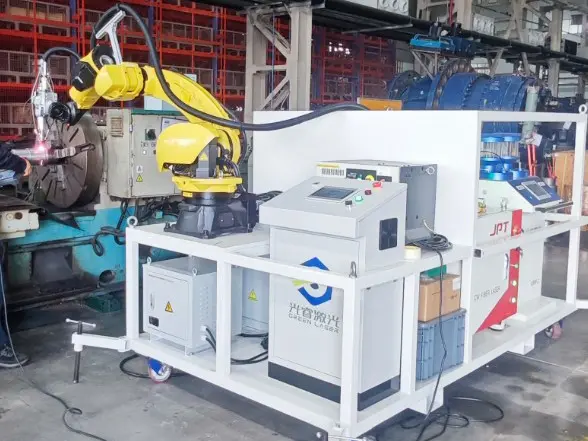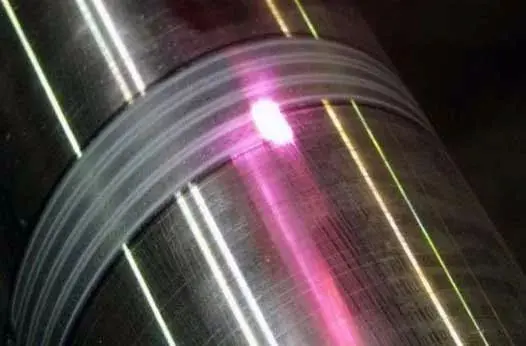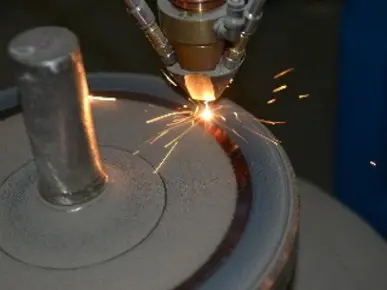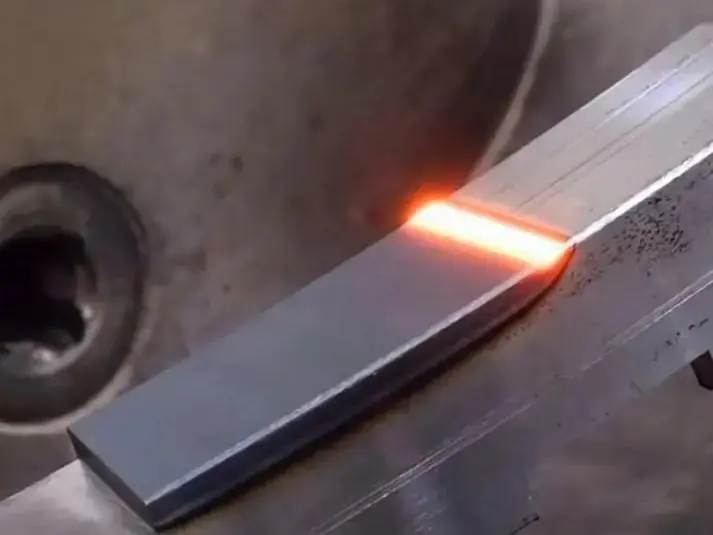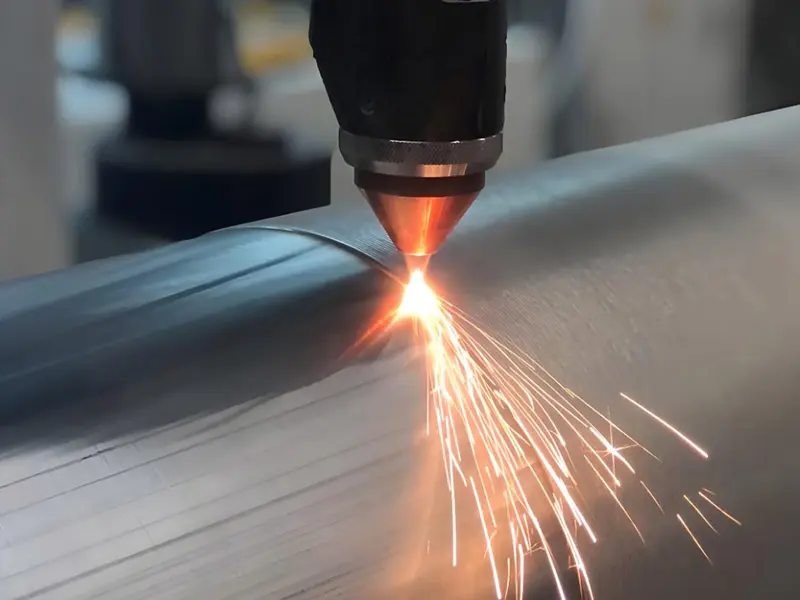Application analysis of laser cladding remanufacturing technology for mechanical failure parts in mines
In the field of mining machinery engineering, extreme working conditions remain the core challenge hindering stable equipment operation. Underground mining environments are confined and narrow, with high-concentration dust continuously eroding equipment surfaces. During coal seam extraction, frequent impacts between cutting teeth and hard coal rock, combined with intense friction between scraper conveyors and materials, accelerate component wear. Meanwhile, the high mineralization and humid environment in mine water trigger severe electrochemical corrosion. This leads to widespread failure issues such as excessive wear, corrosion-induced perforations, and surface scratches in critical components including coal cutter teeth, hydraulic support columns of fully mechanized mining systems, and scraper conveyor parts. Premature failure of these components not only increases equipment downtime but also significantly raises maintenance costs and safety risks in mining operations.

To address this critical challenge, the integration of high-power laser surface cladding technology with specialized self-melting wear-resistant alloy powders has revolutionized remanufacturing solutions for failed mining machinery components. By utilizing high-energy-density laser beams as thermal sources, this innovative approach precisely deposits alloy powders onto target repair surfaces. Under laser irradiation, the alloy particles melt and rapidly solidify with the substrate, forming a metallurgically bonded reinforced coating. This fusion process fundamentally differs from conventional physical attachments like electroplating and spray coatings, eliminating risks of coating detachment while establishing structural foundations for enhanced component performance.
The formulation design of special wear-resistant self-melting alloy powders is one of the technical cores. Typically using nickel-based, iron-based, or cobalt-based alloys as matrices, these powders uniformly distribute ultra-hard particles such as WC, Cr₃C₂, and TiC. By adding elements like Cr, Mo, and Si, the alloys toughness and corrosion resistance are optimized. The hard particles can increase the coatings hardness to HRC55-65, effectively resisting coal-rock impacts and material friction. Meanwhile, the tough matrix alleviates impact loads, preventing brittle fractures in the coating and achieving a "hard yet not brittle" performance balance.
In specific part remanufacturing applications, this technology demonstrates exceptional specificity and effectiveness. For coal mining machine and tunnel boring machine cutting teeth, the conical end surface serves as the critical area directly contacting coal-rock. Laser cladding technology can precisely create a 3-5mm thick reinforced coating on the cone surface. The hard particles in the coating act like "armor" to resist coal-rock cutting wear, while the tough matrix absorbs impact energy, extending service life by 2-3 times compared to new parts under complex geological conditions. For scraper conveyors wear-prone components like central troughs and transition troughs, laser-clad wear-resistant coatings significantly reduce abrasive wear during material conveyance. Central troughs originally requiring replacement every 3-6 months now last 12-24 months after remanufacturing. For stainless steel columns in fully mechanized mining hydraulic supports enduring humid and dusty environments, traditional chrome-plating layers prone to corrosion from scratches can be replaced. Laser-clad corrosion-resistant and wear-resistant composite coatings not only isolate corrosive media but also withstand friction damage during column expansion/contraction, extending maintenance cycles by over four times. For failed gears and bearing housing components in gear transmission systems, laser cladding technology restores dimensional accuracy through coatings while optimizing material properties to enhance fatigue resistance, ensuring stable transmission performance.Set it to run.
Compared to traditional part replacement methods, laser surface cladding remanufacturing technology not only extends the service life of critical components by 2-4 times but also enables efficient recycling of retired parts, significantly reducing mining operations demand for new components. Data shows that this technology reduces machinery downtime for maintenance by over 60% and cuts annual maintenance costs by 30%-50%. While maintaining production continuity, it markedly enhances both economic efficiency and environmental sustainability in mining operations. This "repair-over-replacement, performance upgrade" remanufacturing model is becoming a pivotal technological driver for promoting green and efficient operation of mining equipment.


